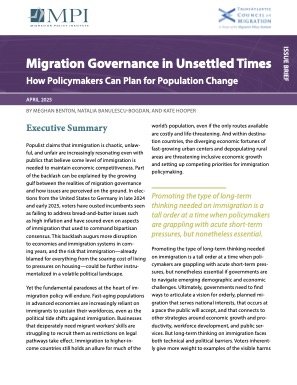By Stevie Glaberson, Emerald Tse & Emily Tucker,
In every cell in your body, there resides a complete copy of your genetic code. As you moveabout the world, you shed cells without even realizing it, leaving your DNA, like a geneticcalling card, wherever you go. You probably don’t think about the trail you’re leaving. Itwouldn’t really matter if you did, because you can’t stop shedding cells, and you can’t leave your DNA at home.
But what if the government had access to a copy of your DNA and could track you based on thisinvoluntary, unstoppable trail without your consent? How would it change your behavior toknow that the government had a drop of your blood — or saliva — containing your “entiregenetic code, which will be kept indefinitely in a government-controlled refrigerator in awarehouse in Northern Virginia”?1 Would you feel free to seek out the medical or reproductivecare you needed? To attend protests and voice dissent? To gather together with the people ofyour choosing?This dystopia is fast becoming reality for millions of people, many of them already vulnerablebecause of over-policing, excessive surveillance, or economic insecurity. The federal governmentis amassing a huge trove of DNA, starting with a racialized, often traumatized, and politicallypowerless group: noncitizens. And it is using the federal agency that operates with the fewestpractical constraints and least oversight — the Department of Homeland Security (DHS) — todo it. That’s what this report is about.In the waning days of the Trump administration, riding a wave of anti-immigrant sentiment andwith the resources of the immigrant rights movement depleted by four years of emergencyresponses, the Department of Justice made what it billed as a technical, boring rule change: Iteliminated an exemption in the government’s existing DNA-collection rule that previously hadallowed DHS to refrain from building out a labor-intensive and expensive DNA-collectionprogram.In so doing, it effectively set off a bomb that had lain dormant in federal law since2005.3 The 2005 DNA Fingerprint Act — which passed with little public scrutiny as anamendment to the reauthorization bill for the popular Violence Against Women Act — for thefirst time extended compulsory DNA collection to people outside of the criminal legal context:detained noncitizens.4 But because of the exceptions in the implementing regulations, andbecause previous administrations thought it was a good idea to use those exceptions to avoidescalating DNA collection from noncitizens, DHS never mounted a large-scale DNA collectionprogram. That is, until 2020.This report, which is based on publicly available records, as well as interviews with people whohave had their DNA taken by immigration authorities and legal service providers working withthem, is the first attempt to examine in-depth what happened after the 2020 rule change, and toexplain the legal and political implications of these developments.
Washington, DC, Center on Privacy & Technology at Georgetown Law (2024)., 108p.

















